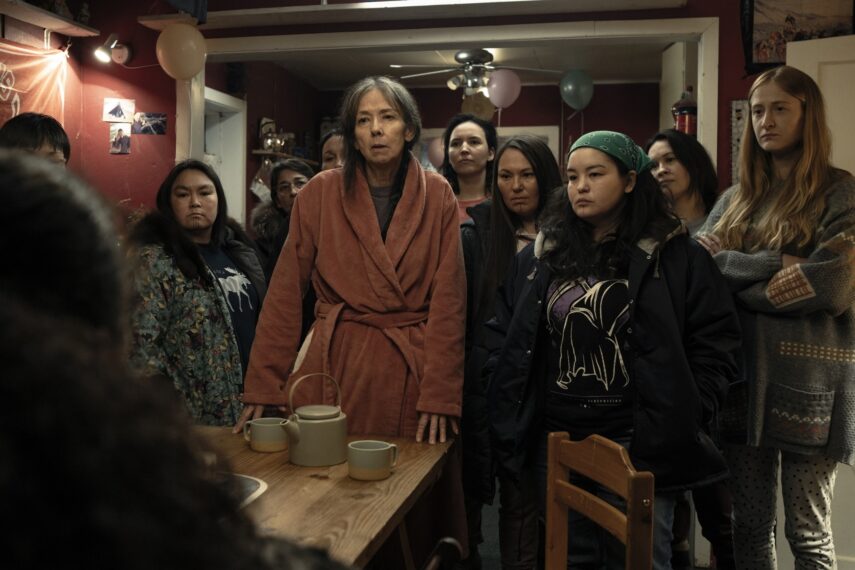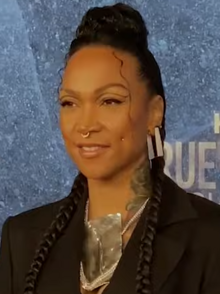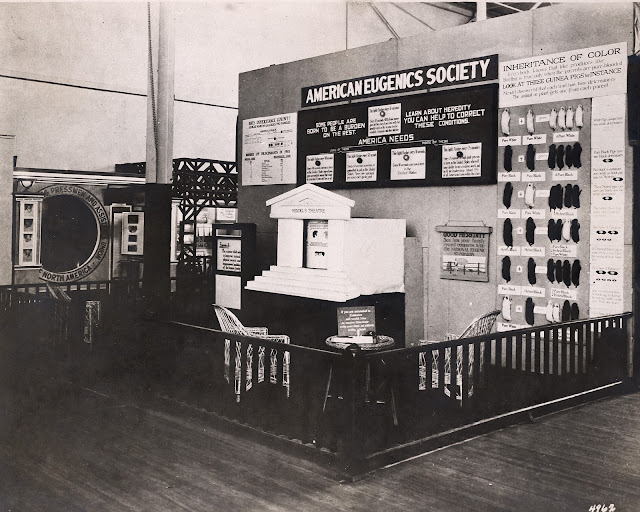
Podcast: Play in new window | Download | Embed
The FBI just launched a new project to collect more data about the Missing and Murdered Indigenous People (MMIP) crisis.
Wyoming Public Radio’s Hannah Habermann reports on the announcement at the Wind River Reservation made last week.
The
FBI is the primary law enforcement agency that investigates serious
crimes on the Wind River Reservation – and they’re trying to collect
more information about those who’ve gone missing or have been murdered.
The agency set up a new designated email account – WYMMIP@fbi.gov – to better understand what the crisis looks like in the state and what resources the agency can contribute to solving cases.

FBI agent Leonard Carollo says he recognizes that tribal members have not always been comfortable working with the agency.
“We recognize these historical barriers and want to do all we can to improve the flow of information.”
Agents
and other FBI employees will collect information – like new details or
cases that were never reported – for the next ninety days. Then, they
will research and investigate the tips.
The FBI also plans to host in-person information-gathering sessions on the Reservation.
MURDERS in ALAKSA

Nesbett Courthouse in downtown Anchorage, Alaska, where the trial is taking place. (Courtesy Lex Treinen / Alaska Public Media)
The Anchorage murder trial of Brian Smith enters its second week.
The
52-year-old man is accused of killing Kathleen Henry and Veronica
Abouchuk, two Alaska Native women from the rural communities of Eek and
Stebbins who had experienced homelessness in Anchorage.
Last week
during jury selection, potential jurors were asked if they could handle
seeing gruesome photos and video that Smith allegedly shot of the one of
the killings on his cell phone.
A woman testified last week that she stole the phone from Smith’s truck.
At the time, she said she lived in a tent and was riding around town with Smith “on a date”.
In 2019, the woman turned in an SD card to police and told them she found it on the ground.
But
in court last week, she admitted to stealing Smith’s phone from his
truck and copying the video to an SD card, which she turned over police,
after her therapist encouraged her to do so.
As the trial
finished its first week, defense attorneys argued the footage shouldn’t
be shown to the jury, because so many different stories have been told
about the source of the video.
Before trial recessed last week,
the judge asked the prosecution to explain more about how police
obtained the video and how it was handled.
As of now, the judge
plans to allow the jury to see the footage in which Smith does not
appear, but is heard telling his victim that he plans to kill her.
Investigators say they recognized his South African accent from a prior investigation involving Smith, which led to his arrest.
*
The Bureau of Indian Education has launched a behavioral health and wellness support line for students and staff.
Students and staff at BIE schools and programs can connect with
trained professionals by calling 1-844-ASK-BHWP (1-844-275-2497). The
support line is available 24 hours a day, seven days a week.
 The federal government is launching a new behavioral health call line for students and staff at tribal schools.
The federal government is launching a new behavioral health call line for students and staff at tribal schools.
The Mountain West News Bureau’s Kaleb Roedel has more.
The line is available 24 hours a day, 7 days a week and funded by the Bureau of Indian Education.
The agency says the line will mostly be staffed by Indigenous counselors who have experience serving Native communities.
They will offer both immediate individual crisis support and scheduling for virtual counseling.
The behavioral health line will serve more than 180 tribal schools.


















 The federal government is launching a new behavioral health call line for students and staff at tribal schools.
The federal government is launching a new behavioral health call line for students and staff at tribal schools.












